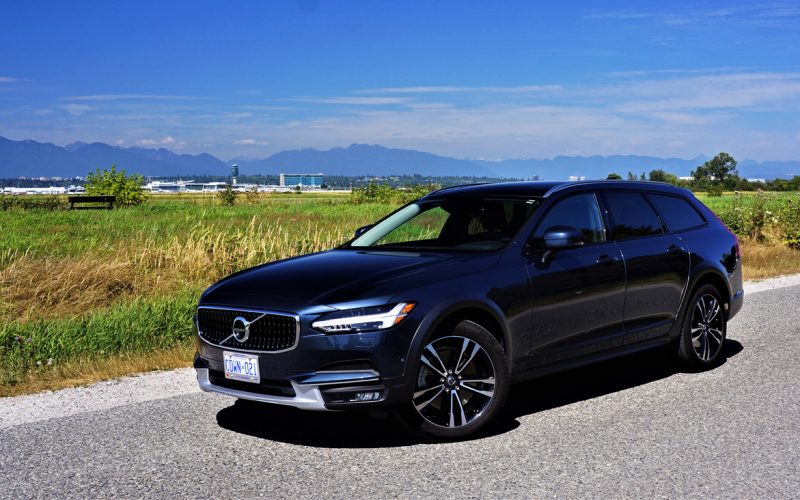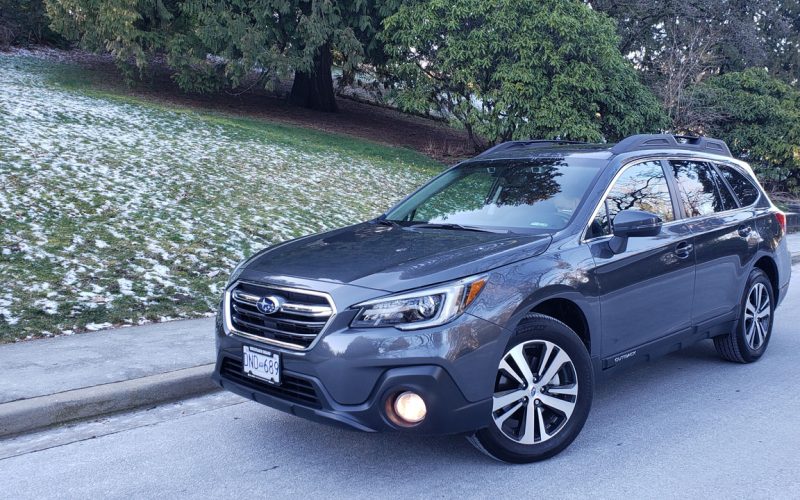
Reading Time: 13 minutesBack in early 2017, Volvo asked us to “rediscover [our] passion in life” in a then

Reading Time: 13 minutesThe Outback has long been my favourite family-oriented Subaru, unless you consider the four-door WRX STI
© 2025 The Car Magazine. All Rights Reserved, Privacy Policy | Terms of Use